Abstract
A key, universal concept used in the international and domestic regulation of radio frequency communications is “harmful interference.” While “interference” was a recognized concern from the earliest days of wireless telegraphy, it took several decades—until the late 1940s—for regulators to adopt a formal definition of “harmful interference.” This definition, modified slightly in the 1950s and 1970s, is still in place today. Harmful interference and related terminology are often criticized as cryptic, vague, amorphous, and ambiguous, resulting in excessive regulatory uncertainty and delays. The general frustration with the definition’s qualitative nature has led to demands for more quantitative approaches to assessing when interference is “harmful” and when it is not. This article explores the previously untold history of these regulatory concepts and definitions. It details events from two eras: During the first era (from the early 1900s to the 1940s), interference concepts were not specifically defined in any way. The second era (from 1947 through the 1980s) was the period in which regulatory definitions were developed within small groups of technical experts at international radio conferences without much attention or controversy. Domestic regulators in the U.S. implemented these definitions without much, if any, deliberation. This comprehensive study of the original context, usage, and definitions of these regulatory terms of art sheds new light on the modern-day critiques of the longstanding vocabulary.
Link to Full Article:
The Untold History of “Harmful Interference” in the Regulation of Radio Frequency Communications
